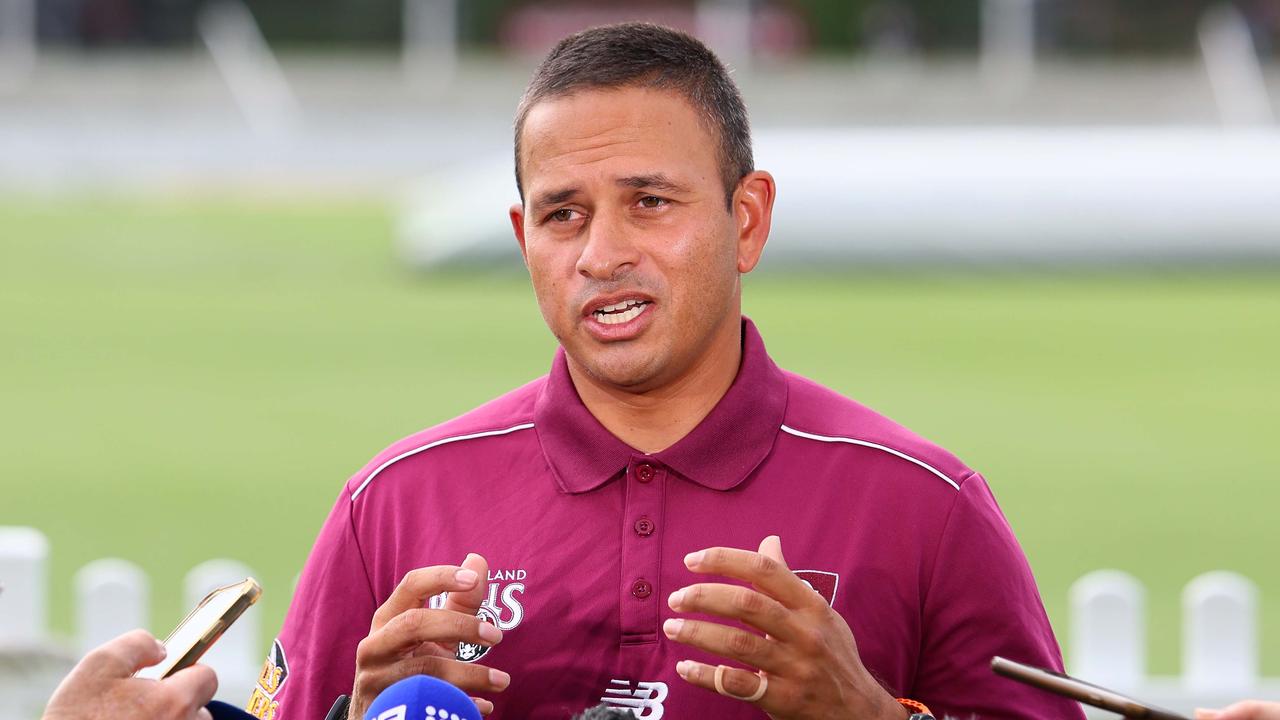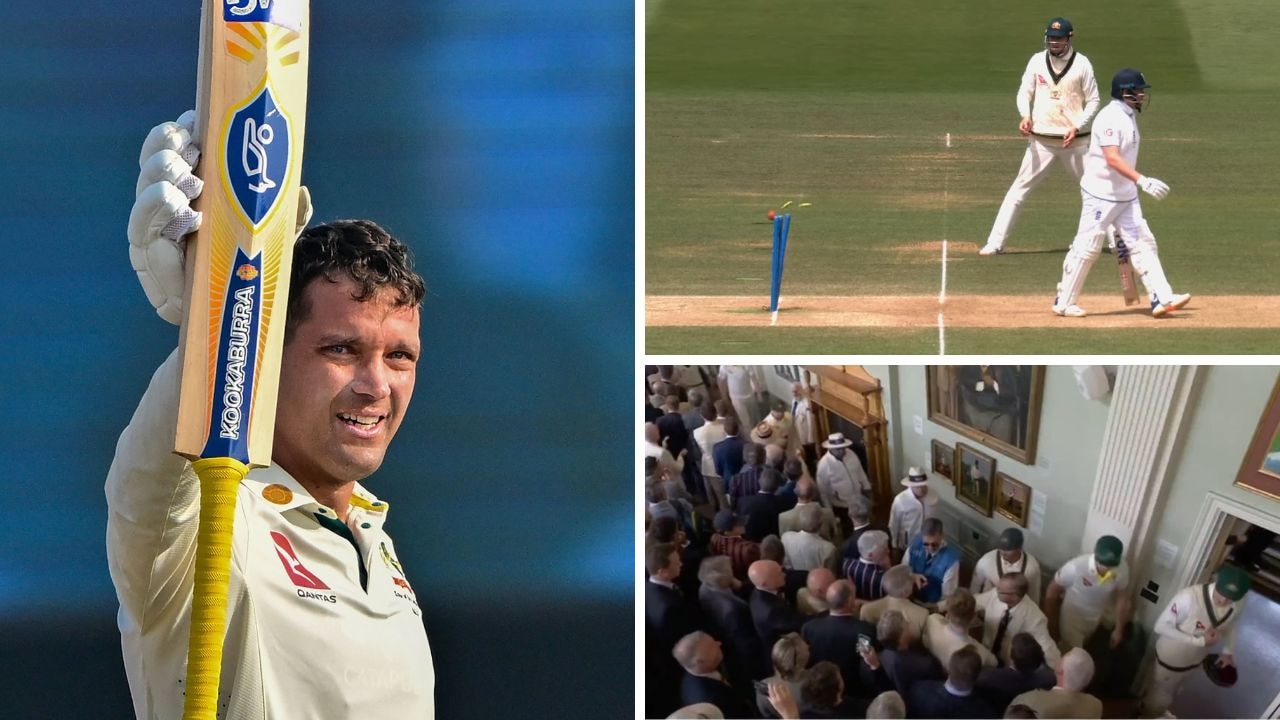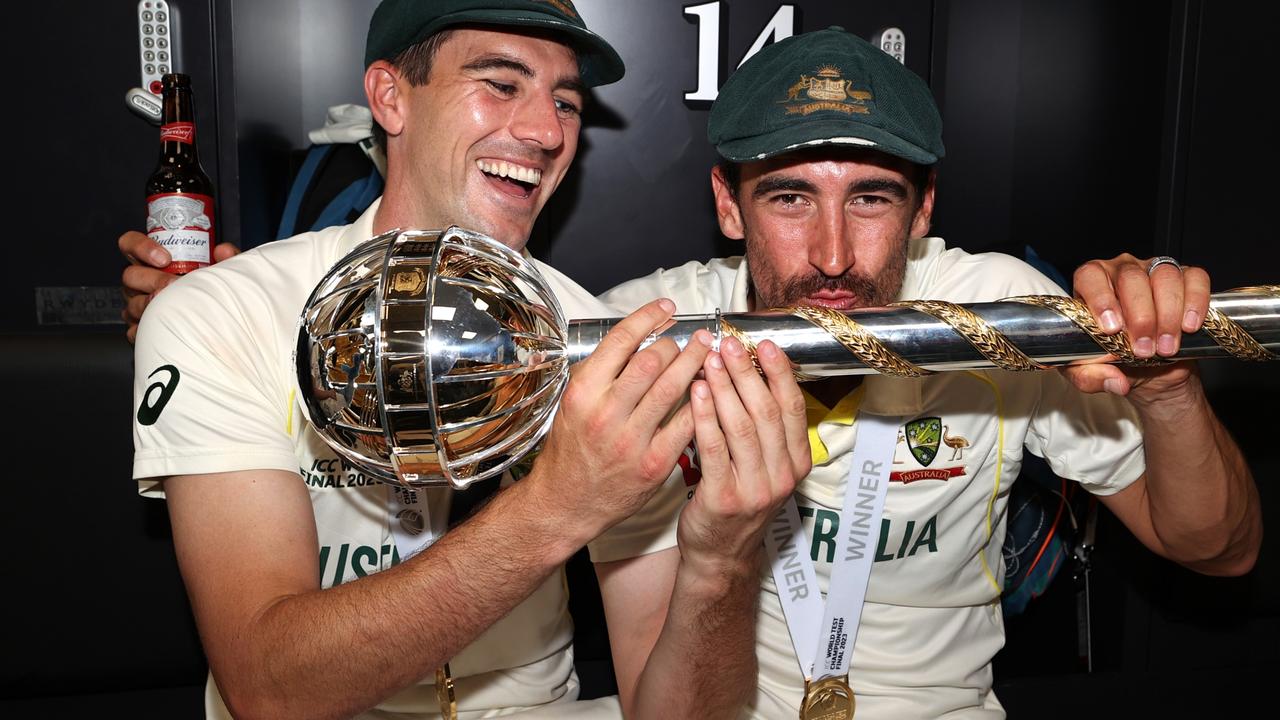Australian cricket team needs to define baggy green culture or splits will widen
AUSTRALIA’S cricket team will find it hard to play as one with so many new faces but they can fast-track the process by answering one simple question.

Cricket
Don't miss out on the headlines from Cricket. Followed categories will be added to My News.
WE have sent 12 Australian cricketers to Adelaide to play the third Test against South Africa. For the first time since World Series Cricket it does not seem like we have sent the Australian team.
The circumstances are very different. The team that represented Australia in the summers of 1977-78 and 78-79 was robbed of its greatest players and strongest personalities by Kerry Packer’s lucrative carnival.
This time there were no selectorial limitations. But read the same team list a week ago and you would assume it was the Prime Minister’s XI. A collection of individuals thrown together in the hope they will instantly function as a whole.
THIRD TEST: ADELAIDE CURATOR GIVES PITCH LATE SHAVE
SKIPPER CALL: FAF DU PLESSIS TO FACE ICC HEARING ON TUESDAY
This is not to say the selectors have erred. The one heartening postscript to Australia’s spectacular debacle in Hobart was the robust way some batsmen offered the precious chance of a Test berth responded.
Peter Handscomb and Matt Renshaw knocked down the door — albeit one with rusty hinges. Other selections — particularly that of NSW batsman Nic Maddinson — bordered on experimental.
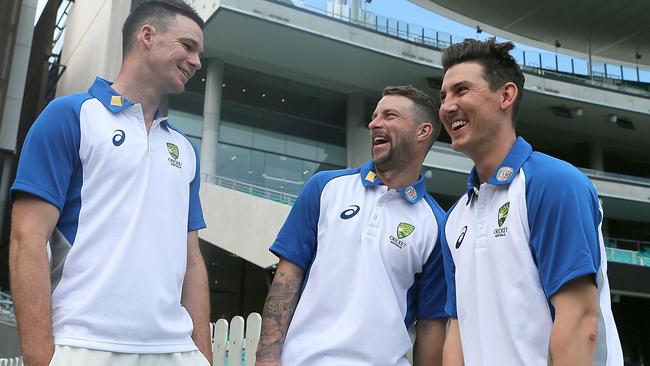
But while the individual performances of the replacements will be fascinating, as intriguing plot will be whether a team that has just two and a half days to bond can perform as a unit.
From the outside cricket can seem like a team game played by individuals. Unless you count running between the wickets and those catches where an airborne fielder throws the ball from outside the rope to another, there is hardly a moment when the performance of one player is directly dependent on another.
Yet the chemistry of a cricket team is as delicate and the players are as co-dependent as those in any football code. There is an almost discernible vibe to be detected from a successful team measured by the noise it makes in the field, the body language of the players, the intuition of fielders and the way adversity is confronted.
Ray McLean, the founder of Leading Teams and the man responsible for developing the Sydney Swans’ famed Bloods culture, worked briefly with the Australian cricket team at a time when Ricky Ponting had assumed the captaincy and superstars such as Adam Gilchrist and Shane Warne had departed.
Where McLean’s methods have had great success elsewhere he found the fact the players were often inaccessible and fragmented meant creating bonds was difficult. In the end he concluded there “was not a great stomach for (building team culture)’’ in the Test environment.
McLean put the 25 contracted players in a line in order from least experienced to most experienced and asked them what the “Baggy Green culture’’ meant to them. “The older players had some thoughts but the younger ones had no clue really,’’ he said. “There was no collective idea.’’
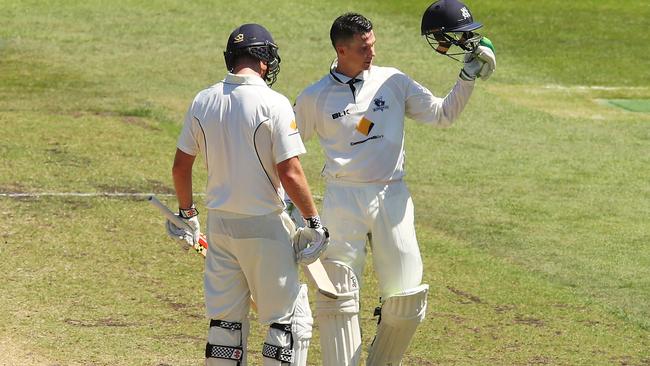
From this McLean formed the opinion not much had been done to establish and inculcate a cogent culture; that the meaning of the “Baggy Green’’ was something players defined from their own experiences. So how do you instil some sense of common purpose in a team with six replacement players and six others with potentially different perspectives on what the team stands for?
UNDER PRESSURE: LEHMANN ACCEPTS CRYPTIC CHALLENGE
TOUGH CALL: MENNIE THE UNLUCKIEST PLAYER FROM TEST CULL
McLean says there are small ways to get players on the same page in a short time. “You could ask a simple question like ‘How do you want the opposition to describe us as a team at the end of the Test?’. That can focus the mind and bring everyone together,” he said.
But McLean agrees the multi-layered structure around the side with selectors, coaches, sports scientists and administrators overseeing the captain potentially makes forming a cogent team culture difficult.
“A key element of what we do is aligning the key elements of the organisation so everyone has the same outlook and same goals,’’ he says. “You can see that would be difficult in this case.’’
Originally published as Australian cricket team needs to define baggy green culture or splits will widen


